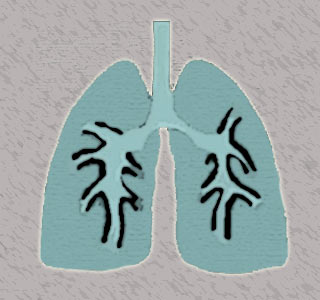
Two newly published articles were believed to have stated that commercial air travel, as per their latest policies for the level of in-flight oxygen may be sufficient and harmless for those patients with lung diseases. Besides, the accessibility to supplemental oxygen may further be beneficial in sufficing the requirements of such passengers.
For the purpose of evaluating this factor, the blood oxygen levels (hypoxaemic) of about 14 patients with non-obstructed lung diseases were gauged. This measurement was supposedly taken during air travel. The acquired measurements were then believed to have been tallied with the published guidelines of the British Thoracic Society (BTS).
Co-author, Dr. Paul Kelly from the Respiratory Physiology Laboratory, Christchurch Hospital, says that, “The BTS guideline uses common diagnostic tools to provide a simple oxygen level algorithm to identify patients who may require in-flight oxygen. By using the BTS recommendations, we are able to identify the subjects that needed supplement oxygen during the flight. These findings should add confidence to passengers with pulmonary disorders wishing to travel.”
Quite contrary to this, the second article has supposedly evaluated more than 50 commercial airlines. This evaluation was done with the aim of scrutinizing their present policies on supplemental in-flight oxygen especially for patients with lung diseases. They even wanted to evaluate the average price that this additional service may cost the passenger.
Regarding this study, co-author Dr. Lutz Beckert, from the Christchurch School of Medicine, University of Otago, says that, “Passenger with lung disease can use this study as a resource to compare airline policies and find a carrier that best suits their needs. In addition, these findings may also act as a catalyst for air travel providers to consider the development of a standard policy for the industry.”
These experts have stated that although most of the airlines provided supplemental oxygen, there may be a difference in the policies and cost for patients who wanted to travel using this additional service.
These articles were published in the Wiley-Blackwell journal Respirology.
